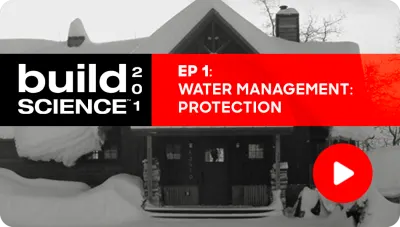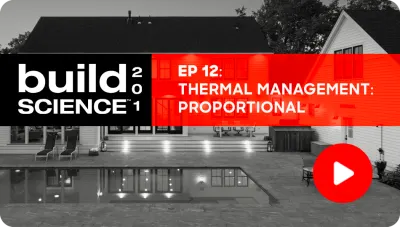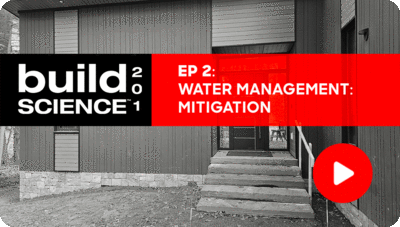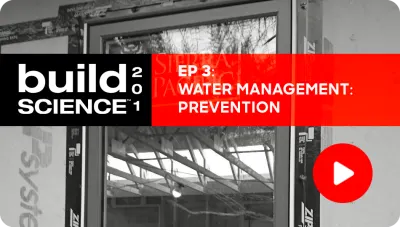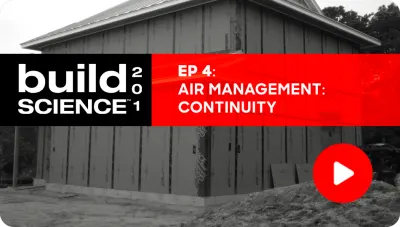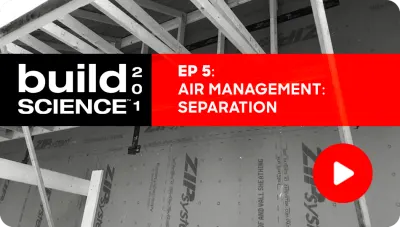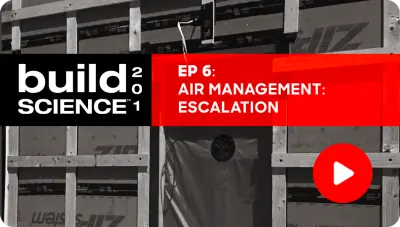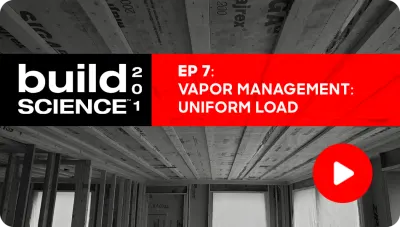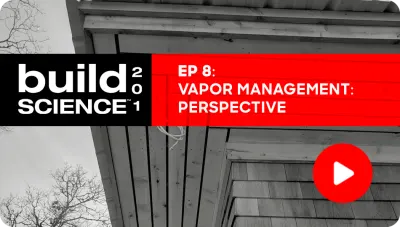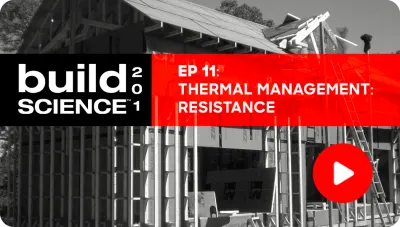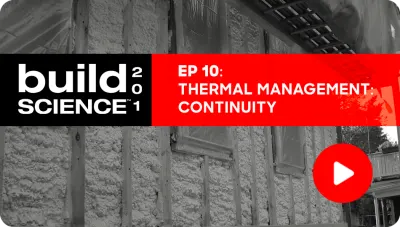Build Science™ 201
Ep. 9 - Vapor Management: Rate
The discussion on vapor management concludes with drying and wetting potential, especially concerning older homes. Matt and Steve highlight the importance of allowing materials to dry out to prevent structural damage, referencing a well-preserved 1915 house in Austin, TX, which exemplifies how effective moisture management and ventilation practices can ensure longevity. While modern homes require insulation for comfort, builders must balance wetting and drying rates to avoid mold growth. They introduce strategies like open joint rain screens and well-designed ventilation systems to manage moisture effectively in contemporary construction.
Emphasizing the need for ventilation, Matt and Steve address how proper air exchange can prevent mold and maintain a healthy indoor environment. Building science best practices include monitoring moisture levels before sealing walls to avoid trapping dampness, which could lead to future issues.
You’ve reached the end of the Vapor Management section of Build Science™ 201, make sure to log in or sign up to complete the Unit Quiz.
After completing the quiz, continue to the Thermal Management section of Build Science™ 201.
Episodes
Ep. 6 - Air Management: Escalation
Episode 6
Matt and Steve emphasize effective air sealing to prevent moisture issues, highlighting techniques like fluid-applied sealants, meticulous penetrations, and blower door tests. They advocate for continuous improvement and training for airtight, efficient homes.
Ep. 11 - Thermal Management: Resistance
Episode 11
Matt and Steve highlight insulation's role in heat resistance, discussing R-values, U-factors, thermal bridging, and continuous insulation. They also emphasize climate-specific techniques, shading devices, and window specifications for energy efficiency.
Ep. 12 - Thermal Management: Proportional
Episode 12
Build Science™ 201 emphasizes proportional thermal control, highlighting balanced insulation for sub-slabs, walls, and windows. Builders should prioritize water/air control layers, exceed minimum attic insulation, and enhance energy efficiency. Build Science™ 201 emphasizes proportional thermal control, highlighting balanced insulation for sub-slabs, walls, and windows. Builders should prioritize water/air control layers, exceed minimum attic insulation, and enhance energy efficiency.

 Share on facebook
Share on facebook Tweet
Tweet Email
Email Share on Linkedin
Share on Linkedin
